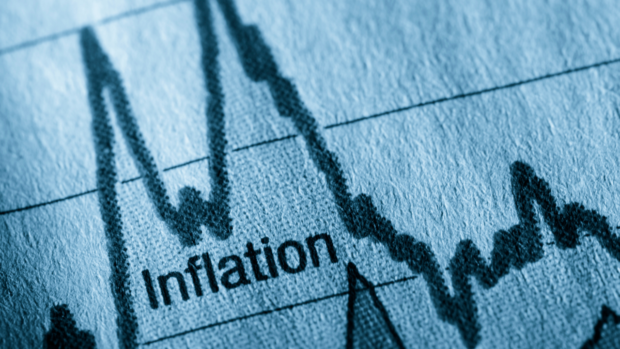
INQUIRER.net stock image
MANILA, Philippines — The Philippine peso might gain ground against the US dollar in November and December when the volume of cash remittances from Filipinos living and working overseas usually peaks, potentially helping slow down inflation or the increase in the prices of basic commodities, according to First Metro Investment Corp. and the University of Asia and the Pacific.
With the expected dollar influx that should prop up the peso and make imported goods cheaper, First Metro and UA&P said in their latest monthly research that the pace of inflation, which was pegged at 6.3 percent in August, might peak at 6.7 percent in September or October.
The partners said such an inflation outlook may put a damper on the economic growth outlook for the second semester, as the growth in prices would likely remain above 6.5 percent in the fourth quarter.
First Metro and UA&P believe that the second-round domestic effects of the sharp surge in crude oil prices in the first semester—such as rising wages and transport costs—have not completely played out.
“Besides, food inflation in the United States and other advanced countries remains stubbornly high due to droughts and other supply issues,” they said.
“The [peso-dollar] exchange rate will remain volatile depending on US inflation and United States Federal Reserve moves, even though the [chances of the peso appreciating] stay limited due to the burgeoning trade deficit,” they added.
The Philippines’ trade deficit hit a new monthly record of $5.93 billion in July amid rising prices of imported petroleum products and food items. This brought the January-to-July trade deficit to $35.75 billion, already exceeding the full-year 2021 figure of $24.6 billion by 45.3 percent.
The US Fed on Sept. 22 raised their key interest rate by 0.75 percentage point while the Bangko Sentral ng Pilipinas (BSP) did so with 0.5 ppt —both intended to push down inflation in the respective markets.
“Although there is no need for BSP to match the Fed hikes one-for-one due to the much higher inflation in the US, the peso-dollar rate will take a further hit should BSP lag too much behind the Fed’s moves,” First Metro and UA&P said.
They had noted that the volatility measure for the exchange rate between the peso and the dollar dropped to 29.1 percent at the end of August from 48.8 percent a month earlier. The peso traded between 55.29 and 56.24 per dollar in August, but it has since fallen to a record low of 58.50:$1 on Sept. 23.
RELATED STORIES
BSP again raises rates by 0.5 ppt to quell stubborn inflation
Stocks dumped as frail peso fuels inflation resurgence
PH shares dive after US inflation prompts Wall Street meltdown